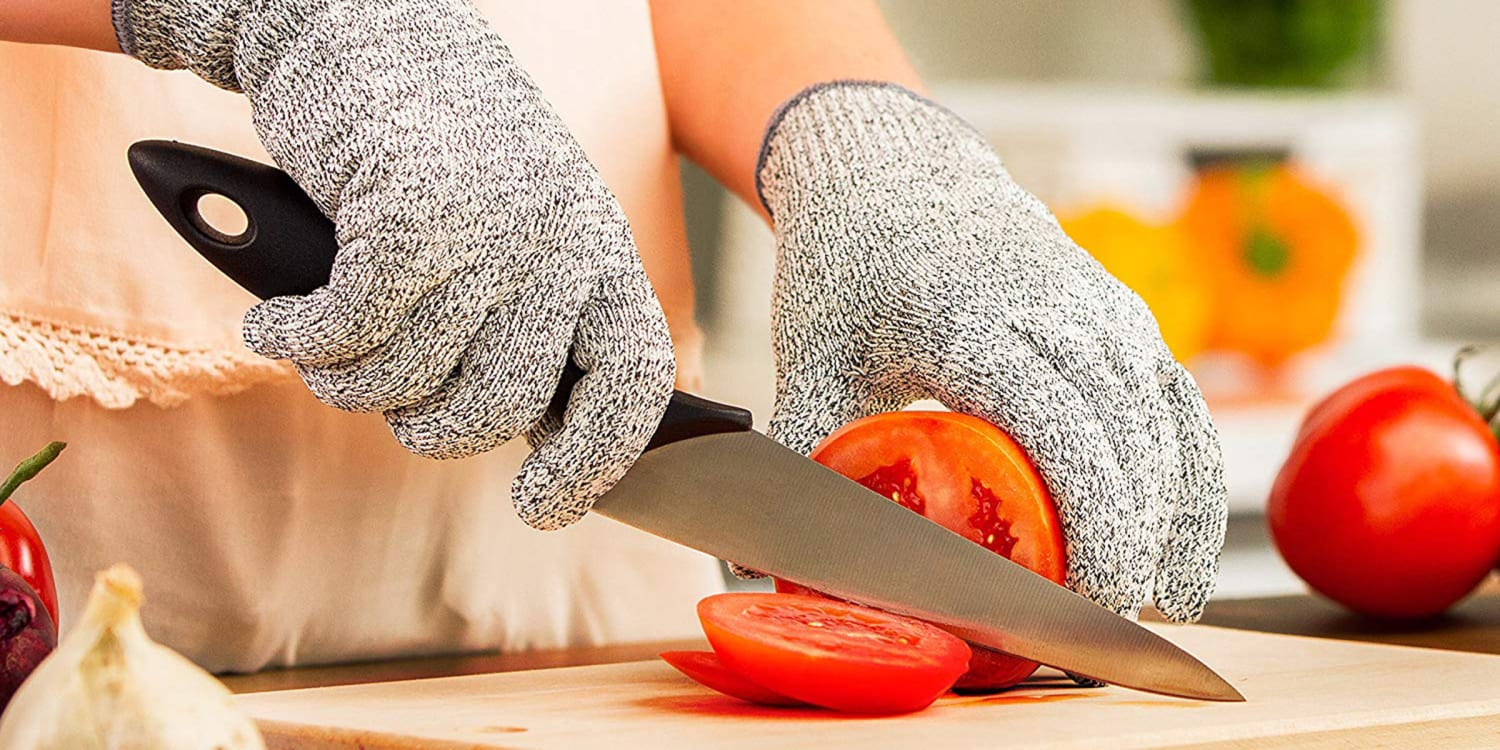 Regardless of the situation, preventing hand injuries is the most fundamental priority. However, gloves used in different scenarios and environments should be tailored accordingly. Cut-resistant gloves are one type of glove that can protect our hands.
Regardless of the situation, preventing hand injuries is the most fundamental priority. However, gloves used in different scenarios and environments should be tailored accordingly. Cut-resistant gloves are one type of glove that can protect our hands.
When it comes to cut-resistant gloves, the specialized levels designed for resisting dangers like blades, chemicals, and other hazards serve as a basic and useful method of classification.
If you are looking for a glove that can both provide protection and maintain the flexibility for precise activities, then this article is definitely worth reading.
What are Cut-Resistant Glove Levels?
To standardize various items, organizations have specifically developed industry standards. For cut-resistant gloves, the primary standards are set in Europe and the United States. The main regulatory body in Europe is the European Committee for Standardization (CEN), which mainly evaluates gloves’ protective capabilities against mechanical risks, including abrasion, cuts, tears, and punctures.
In the United States, the primary bodies are the American National Standards Institute (ANSI) and the International Safety Equipment Association (ISEA), with ANSI being the most representative. Founded in October 1918, ANSI is a non-profit organization dedicated to voluntary standardization for products, services, processes, etc.
The International Safety Equipment Association (ISEA), established in 1933, is responsible for setting technical standards for personal protective equipment (PPE) and other safety gear.
ANSI Cut Resistant Glove Rating
Since the reform in 2016, ANSI has divided the cut-resistant glove levels into 9 categories. The gloves are tested on a specialized TDM-100 machine to measure the load the material can withstand during cutting. The resistance is then evaluated according to the cutting resistance standards in ANSI/ISEA 105.
The following level table indicates the corresponding load that glove materials can endure during the cutting process:
| LEVEL | WEIGHT (GRAMS) |
|---|---|
| A1 | ≥200 |
| A2 | ≥500 |
| A3 | ≥1,000 |
| A4 | ≥1,500 |
| A5 | ≥2,200 |
| A6 | ≥3,000 |
| A7 | ≥4,000 |
| A8 | ≥5,000 |
| A9 | ≥6,000 |
EN388 Cut-Resistant Glove Levels
EN388 is one of the main European standards used to assess the cut resistance and other mechanical performance levels of cut-resistant gloves. It primarily involves using a special cutting blade to test gloves, with a standardized cutting testing machine to measure the force required. Based on the results, gloves are classified into different levels to indicate their cut resistance capabilities.
| LEVEL | WEIGHT (GRAMS) |
| 0 | <10 |
| 1 | ≥10 |
| 2 | ≥20 |
| 3 | ≥60 |
| 4 | ≥100 |
| 5 | ≥150 |
Risk Adaptation Level
Different industries require varying levels of cut resistance. Generally, we follow the “risk adaptation” principle to avoid injuries caused by either insufficient or excessive protection.
| Industry | Typical Cut-Resistant Risks | Recommended Cut-Resistant Level and Standard |
| Logistics and Warehousing | Strapping Tape | EN388 level 2-3 |
| Automobile Manufacturing | Metal Burrs, Stamping Parts | ANSI A4-A6 |
| Food Processing | Slicer, Blade | ANSI A6-A9 |
| Aerospace | Composite Materials, Precision Parts | ANSI A6-A9 |
Summary
The first step in choosing cut-resistant gloves is to determine the appropriate cut resistance level. This ensures that each pair of specialized gloves allows hands to create value and achieve goals safely. As a global leader in safety protection, Aibon will provide you with a range of glove solutions.
How to Measure Glove Sizes – Source: AIBON
Latex gloves– Source: AIBON
Safety gloves– Source: AIBON
Working gloves– Source: AIBON

